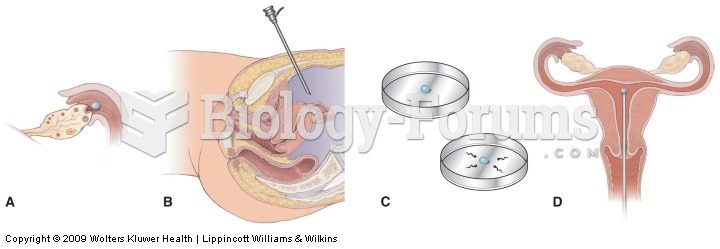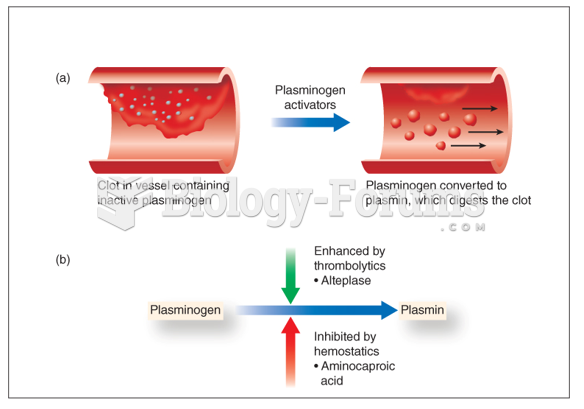Answer to Question 1
If Mark knows he has an infection, he should be responsible enough to abstain from sexual activity. He also should go to a physician or a clinic for treatment, and ask his doctor when he can safely resume sexual activity. Thus informed, he should abstain until it is safe.
Mark also should want to protect his partner. For example, if he is diagnosed with an STI and believes he knows who gave it to him, he should think of ways he might bring up the subject of STIs with this person. He needs to take responsibility and discuss this matter with his partner. Subsequently, medical treatment can be initiated and other people can be protected from infection.
Answer to Question 2
Syphilis is transmitted through direct contact with a syphilis sore during vaginal, anal, or oral sex. In the primary stage, between 10 and 90 days following infection (average 21 days), a painless sore appears where the bacteria entered the body (sometimes multiple sores appear). A sore also can appear on the lips or in the mouth. This sore disappears on its own in 3 to 6 weeks. If untreated, the infection progresses to the secondary stage.
During the secondary stageas the initial sore is healing, or several weeks thereafterskin rashes and mucous membrane lesions appear. A rough, reddish-brown rash can be seen on the palms of the hands and the bottoms of the feet, and different types of rashes may appear on other parts of the body. Additional sores may also appear within 6 months of the initial outbreak. Signs and symptoms of the secondary stage will disappear with or without treatment. Untreated, the infection will progress into the latent stage.
The latent stage, during which the victim is not contagious, may last up to 30 years, lulling victims into thinking they are healed. During the last stage of the infection, some people develop paralysis, crippling, gradual blindness, heart disease, brain and organ damage, or dementia, or die as a direct result of the infection.







